Decisions are Beginnings.Self-observation and self-reflection are definitely forms of self care that I'm finding absolutely require we keep our humor about us. For one, it's not as painful as the self-judgments we toss around so easily. I often laugh more these days as I catch myself in any form of sabotage mode. Then I adopt a third person conversation which delivers quite the therapeutic effects of kind self-talk, even if stern, that has that element of humor. "Oh, look what you're doing now, Jen!", is my chat with a curious and inquisitive laugh. With Valentine's Day here and all the social media and commercialization that surfaces, it's easy to get lost or lulled to sleep in the lousy chocolate, mass produced over priced roses that die in days, moving blood diamonds around more, and yeah, some seriously bad cards with ridiculous prices. I walked away years ago from this. Sorry but it's true. Now visiting flowers and trees wherever they're alive, visiting sacred waters of the Earth and other landscapes that heal us, making handmade gifts, and sourcing cacao from kind stewards of the land, plus other ways that really feel true, well that's another story all together (smile). The truth is this time of year is triggering for many. Many struggle this month around the heart. What's heavy in the heart for you? Are tears trying to move in that self-cleansing way? Is there a struggle to find the space or language to actually feel into it all and therapeutically convey in some creative way what is happening on the inside? Addictions of all sorts are included in a mass of coping skills we've masterfully honed over the years as avoidance tactics and they rear their head often this time of year in place of embracing dropping deeper into the heart to do some dusting and cleaning. Growth hurts. But the truth is holding on takes far more energy than letting go of heart pain. As spring walks closer and stirs our subtler bodies, I know for me I feel this as either as a scattered way or a sluggish can't get focused way. Obsessive behaviors, irritation, anxiety, and poor timing crop up among my people too. Complaining and whining are at an all time high. So how do you clock this unique way in yourself and own that there's some simple good medicine for this? The number one medicine for this for me is to get outside, anyway, no matter what the weather is doing to re-calibrate with the natural forces. Bundling up for us cold weather dwellers means pulling out the hardy weather garb, again, but let's face it, 40 degrees feels like spring after this much winter and most of us don a thick sweater instead! "Go to the Water" is the mantra of my ancestors and I seek this inside and out with hikes to natural water places and also through more spiritual bathing in the tub, and sauna. I also sit with my drum and rattle more, journey and make sounds that carry what I cannot find words for. And I paint for visual release and inquiry. Of late I've turn to our food choices too for my body is giving subtle clues to lighten it up. Salads, raw foods, and fruit look more appealing now. Here's another way that I like to re-calibrate on the inside. Jay and I are starting a Kitchari Cleanse this week, Cyrus is not so game for this yet but he's watching as we prepare for a short 3-4 day one to start. We'll go longer if we want to at the end. This simple, soupy Ayurvedic cleansing dish is made primarily of rice, split mung beans, seasonal veggies and spices. Sometimes I have to start at the physical and walk step by step. This satisfies that in me. It changed my whole outlook on cleansing and transformed my relationship with food and my body. Instead of feeling deprived, it made me feel nourished. Instead of frazzled and delirious with a headache or nausea, I felt grounded, safe, and secure. Coming off it I feel clear and connected. The idea is to stimulate your natural cleansing processes in a slow, sub-radar like cleanse that doesn't stimulate chelation toxicity (releasing too much too fast for our elimination systems). This is hard for the body and a stress that is not good for us. Seasoned fasting lovers know that this is a muscle that must be exercised slowly or one pays dearly. The beauty of this dish and cleanse is that you can eat. You can eat Kitchari for a single meal to give your digestion a break or do a full cleanse of 3-7 days where you really begin to release stored toxins and accumulation for safe release from the body. It’s a great introductory or seasonal cleanse because you still get to eat something throughout the day but at the same time it's the most effective tool I've found for healing and soothing the digestive system, increasing digestive fire, reducing bloating, clearing the mind, healing attachments to food, sleeping deeper, and kick starting the body’s natural ability to heal itself. While weight lose is not the goal, that just might happen too. I follow this cleansing diet for days before the plant diet initiations I go to with my teacher where we sustain ourselves on a few ounces of a single plant elixir every four hours for three days and vision quest with one plant. Eating kitchari from one pot prepared each morning reduces our focus and energy demands on food. Think about how much time we spend on food alone from making the money to getting it or growing it, to planning meals, preparing, eating, and cleaning up. It's all good and communal supporting, yes, but a break to focus elsewhere is also so good for us. This eliminates much and frees up so much time. This is also a great diet for a day or two upon returning from questing or fasting of any kind to support integration and landing back in well. Creating Your Kitchari Cleanse - Keeping It Simple Is The MedicineDetermine the number of days you will cleanse for with 3-7 days being a good place to start. You can always go longer if you feel you want to. Trust yourself on this.
I love adding the ghee and salt later in the process because it makes the flavor jump up more for me. I do this with simple tomato sauce too by infusing olive oil with garlic, basil, salt and pepper, and pinch of rosemary and stir in just before serving. It's amazing how these late additions retain and pull forth the essential oils in the dish. This makes about 4-6 servings. Double it if there's more people in your home joining you or to eat throughout the week, though I do recommend making it daily if that's a possibility for you. To accommodate my work schedule I I make enough for 2 days at a time. My Favorite Kitchari RecipeINGREDIENTS
INSTRUCTIONS
Enjoy! Thank you for coming in for a read and may your day be blessed and your re-calibration plans be underway as Spring approaches. Much Love, Jen Are you ready to gently infuse your heathcare with simple green plants for healing? It truly is easier than many think because we hold this knowing through our ancestral lines. Beginning anyway is a beautiful way. xo-Jen
2 Comments
Making good food as our medicine is often a big hit when it comes out of our kitchen. Years of playing and experimenting in the kitchen make it all happen. We took up our best knives and chopped, stirred, consulted knowledge, experience, and the intuitive forces present and came up with this simple yet potent, satisfying soup for deep winter support. after many requests, we thought we'd give it a proper write-up. Enjoy from our kitchen to yours. Shiitake Mushroom Bisque with Thyme & Nettles |
Details
Jennifer Costa, Herbalist-RN, Teacher, Botanist BS, EM-CST, and Founder of ElderMoon School of Herbs & Earth MedicineCategories
All
Archives
January 2023
|
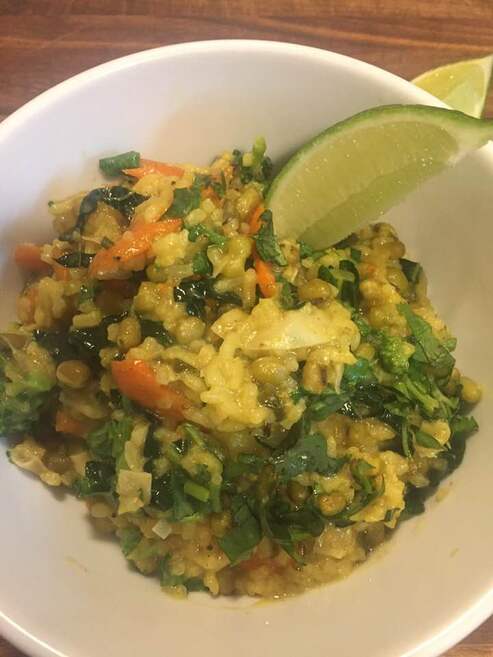
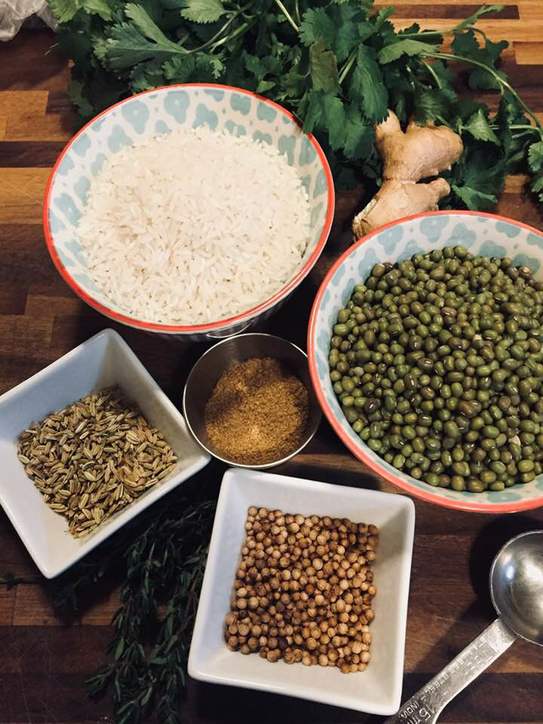
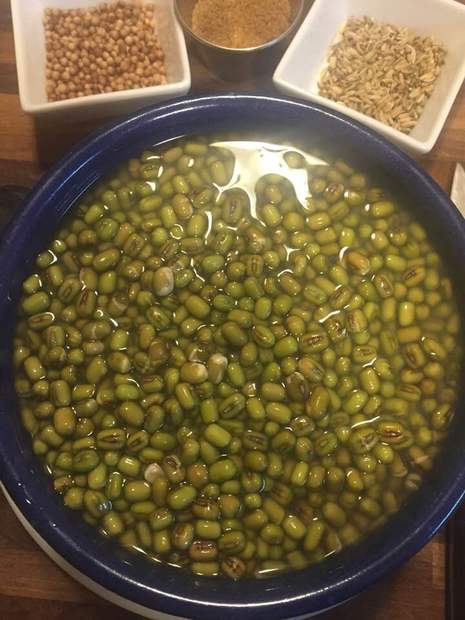

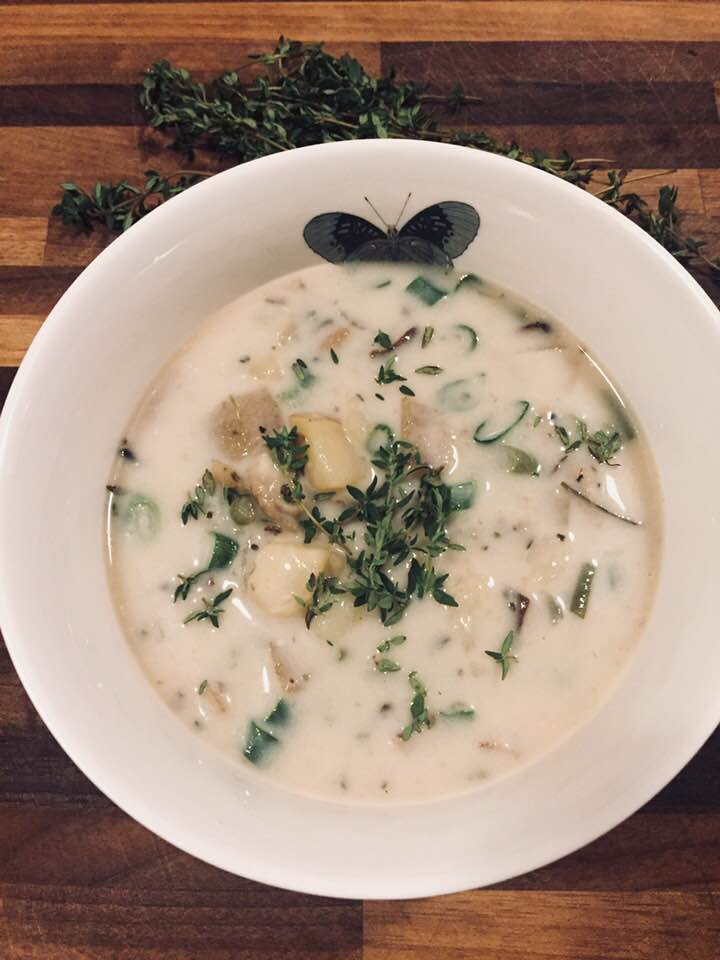
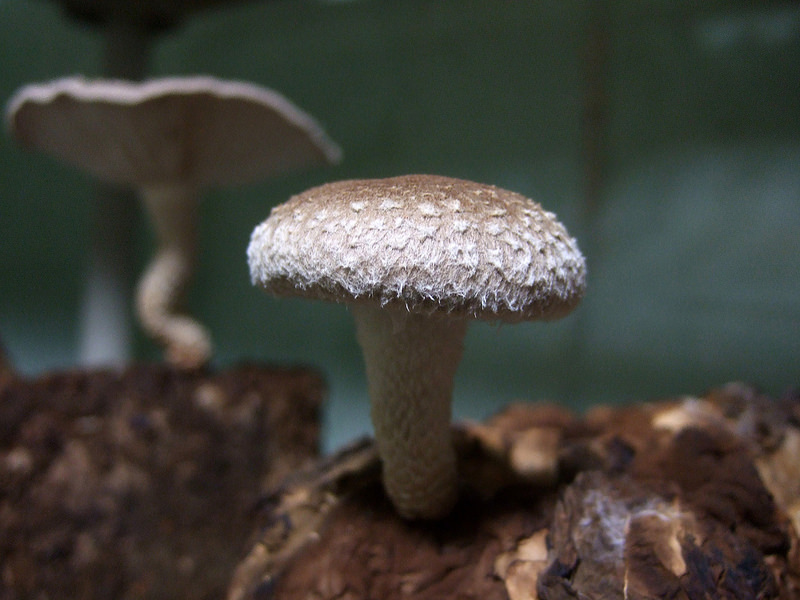
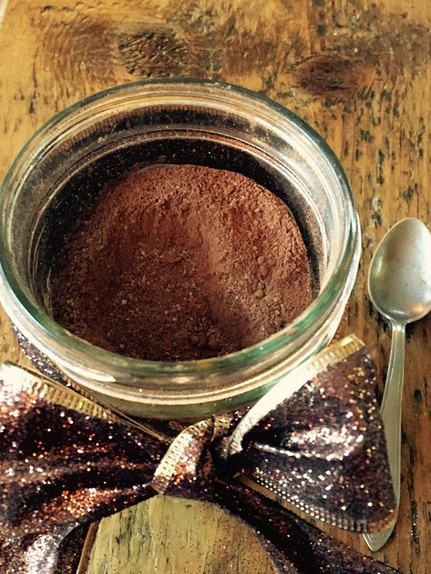
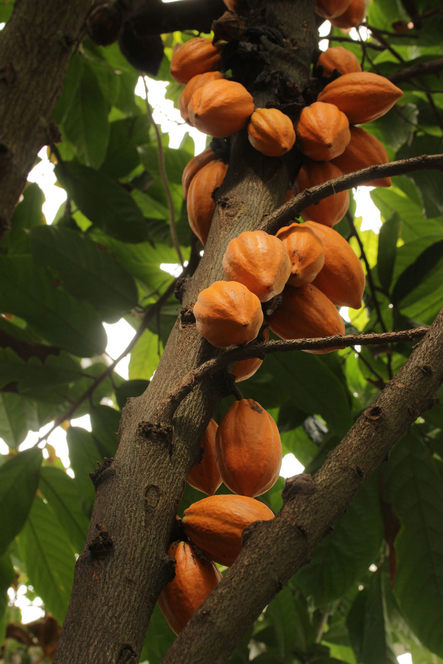
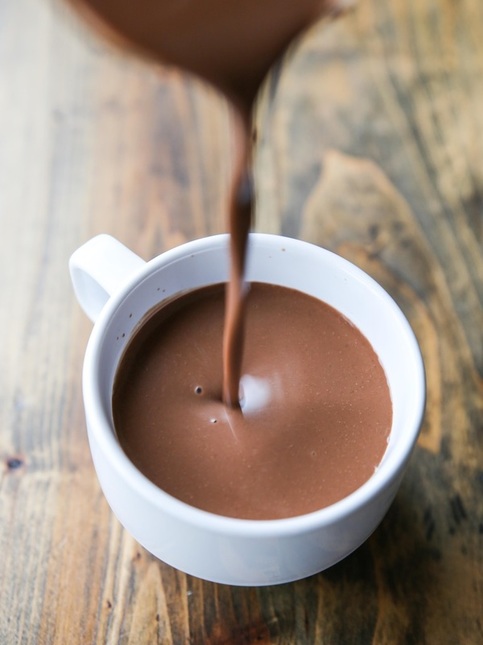
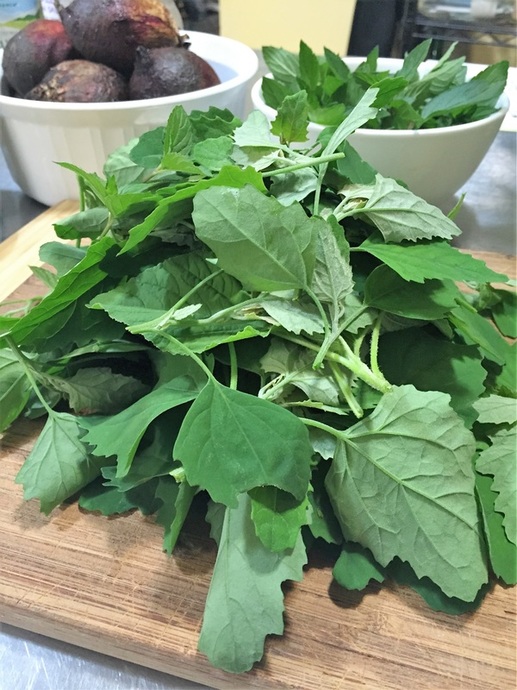
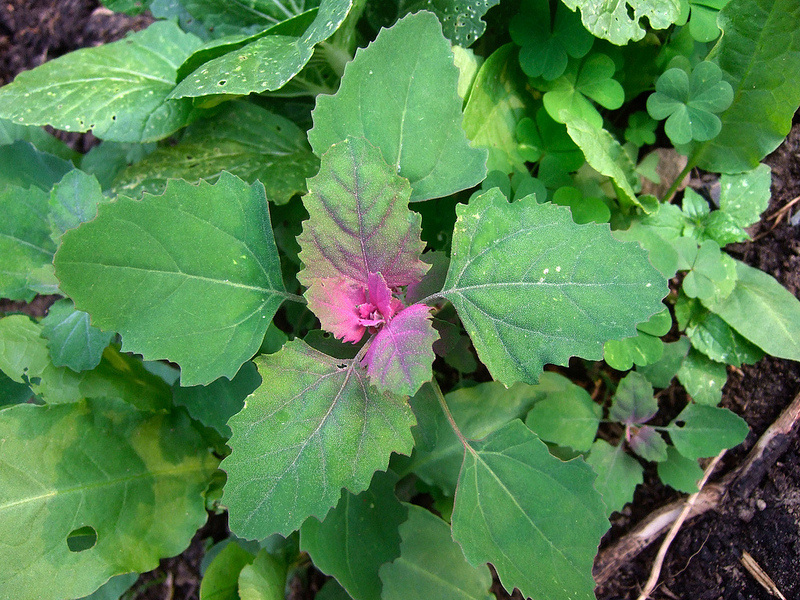
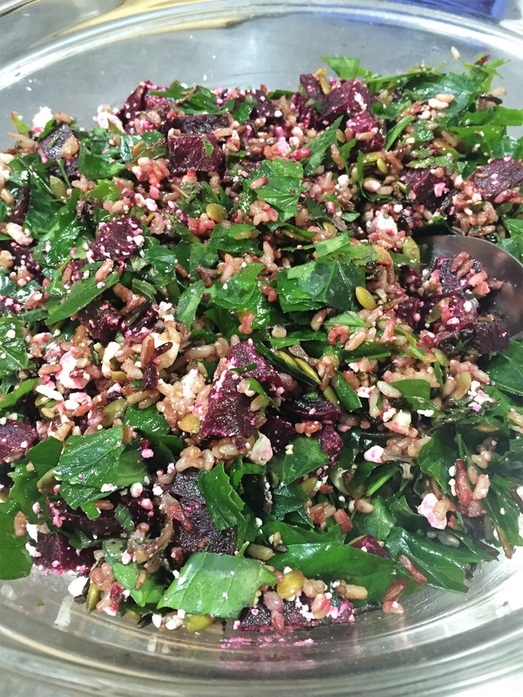
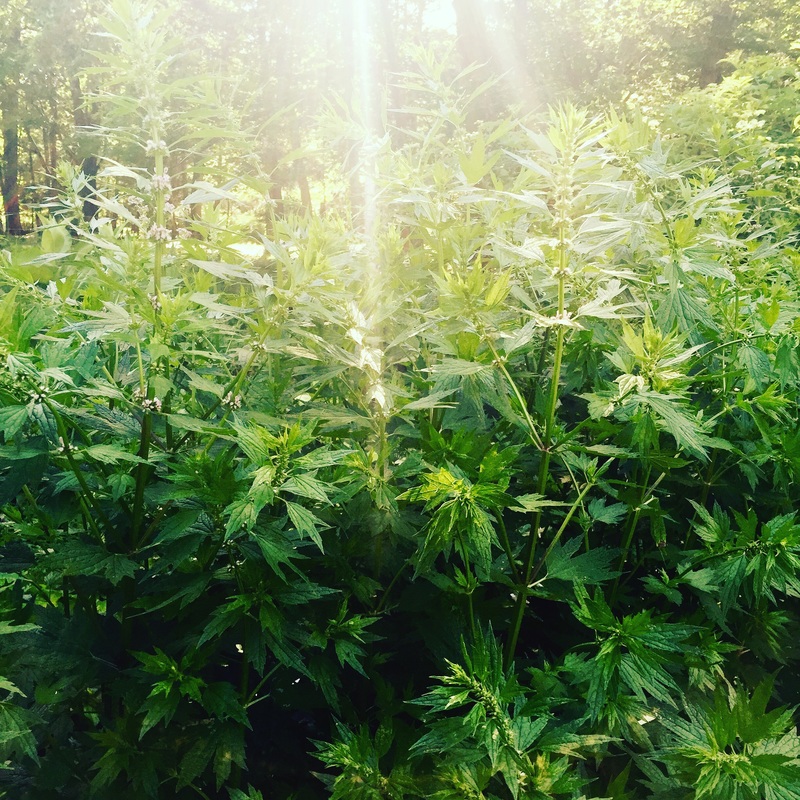
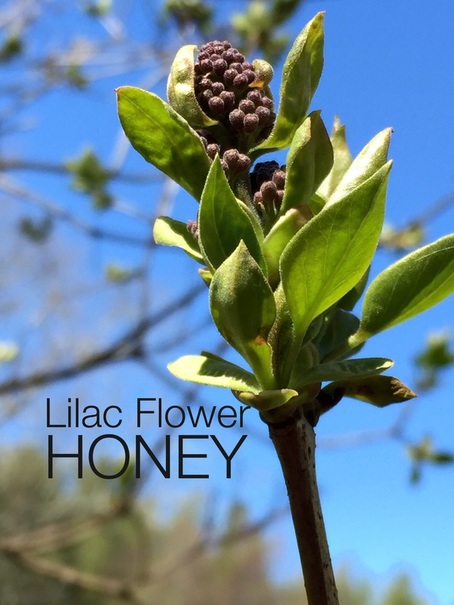
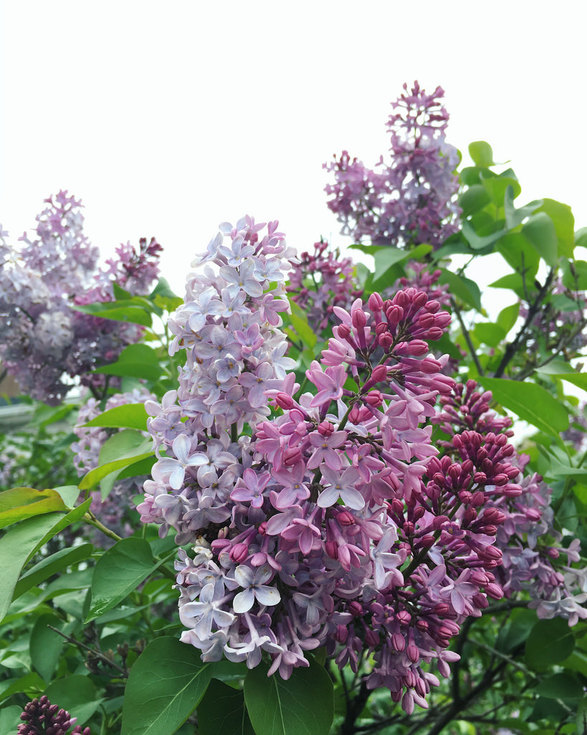
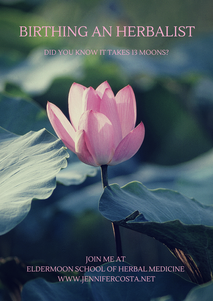
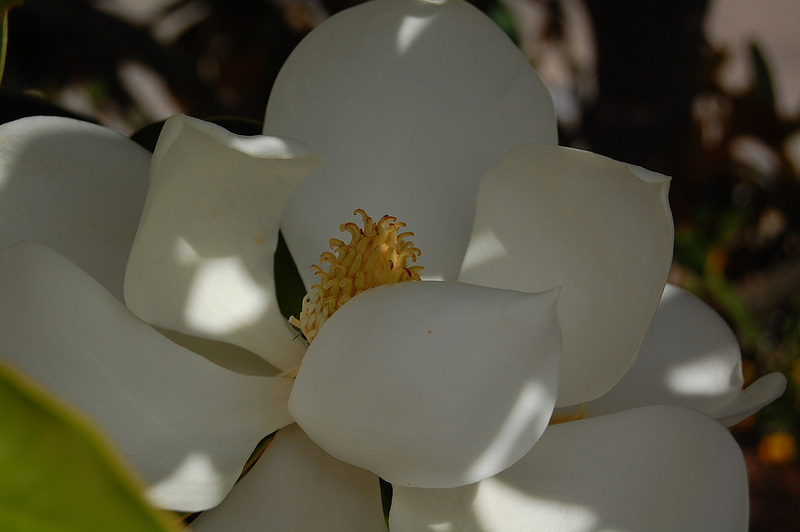
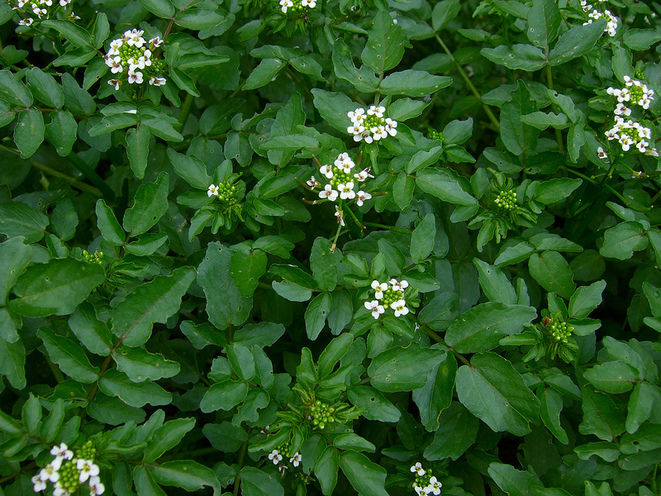
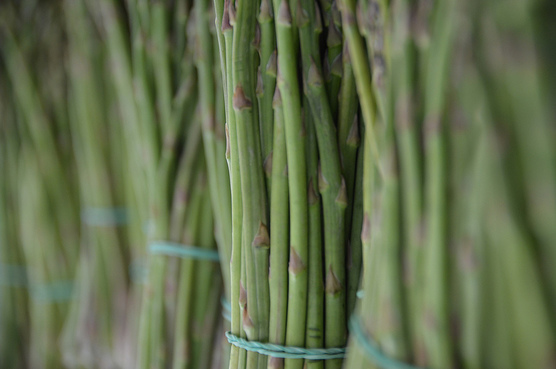
 RSS Feed
RSS Feed